Researcher developing technology intended to help diabetics monitor their blood sugar level.


Researcher developing technology intended to help diabetics monitor their blood sugar level.
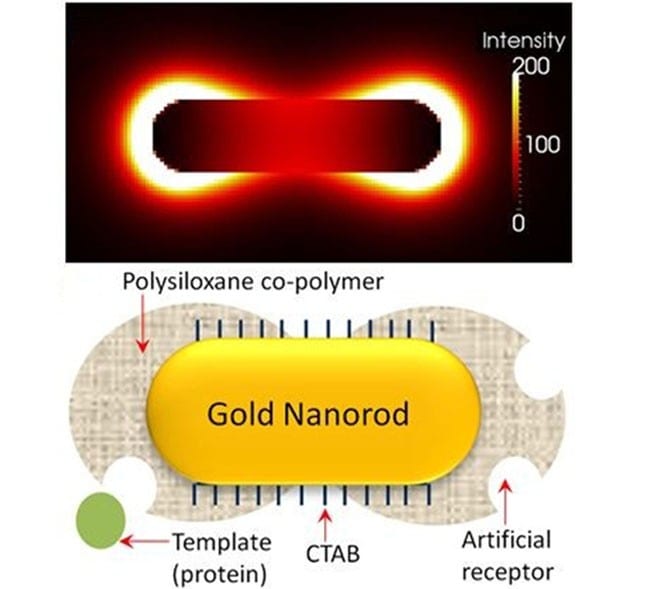
Researchers use molecular imprinting to develop a highly sensitive and selective nanorod biosensor with artificial antibodies.

Researchers from the Chinese Academy of Sciences report optical waveguide hydrogen peroxide sensors based on a reactive sheath and a nanowire core.
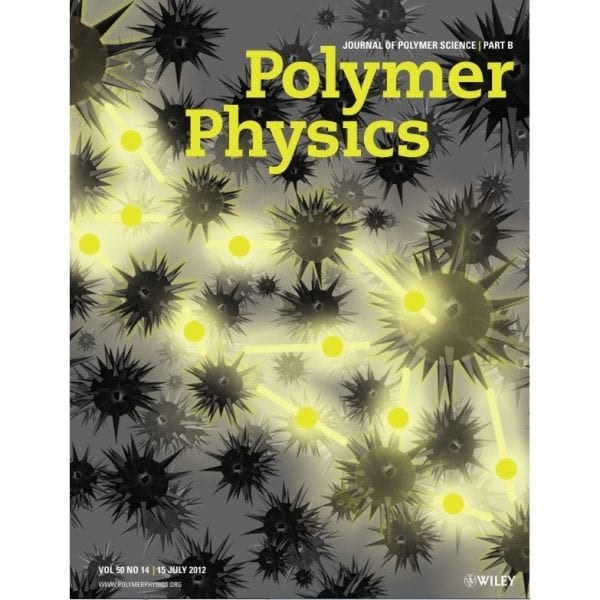
New material could be perfect for tactile sensors for robot hands
The main properties that make carbon nanotubes (CNTs) a promising technology for many future applications are: extremely high strength, low mass density, linear elastic behavior, almost perfect geometrical structure, and nanometer scale structure. Also, CNTs...

Doppler cloak confuses radars by altering the phase of incoming radar waves in real time.

Fabrication of microlasers using all edible components.
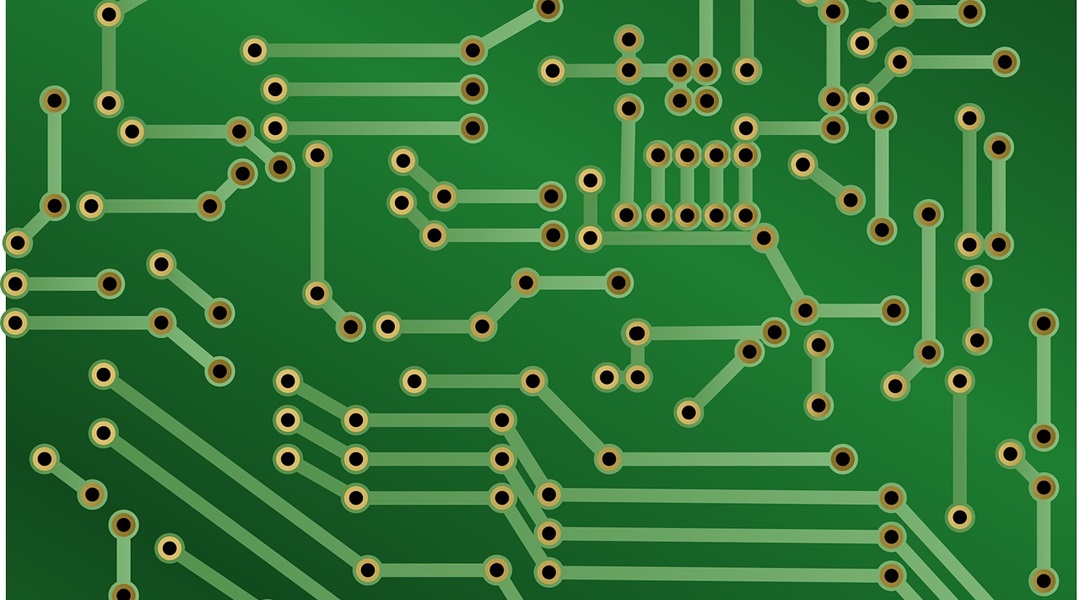
Edible electronics from non-toxic materials enable complex ingestible devices for healthcare and food monitoring.
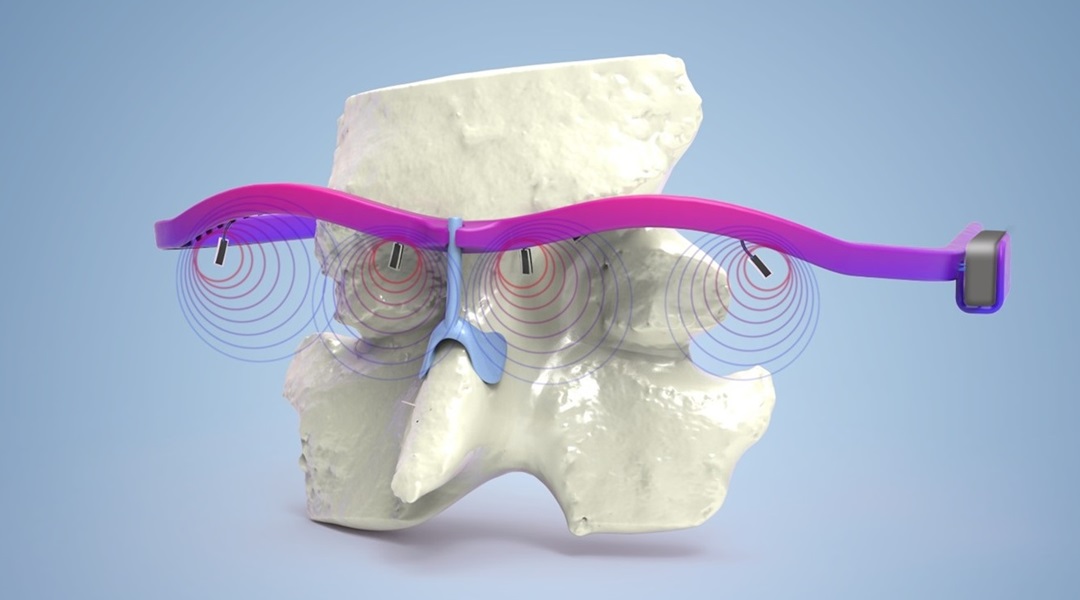
Compact sensors enable integration of fatigue feedback into daily decision-making.
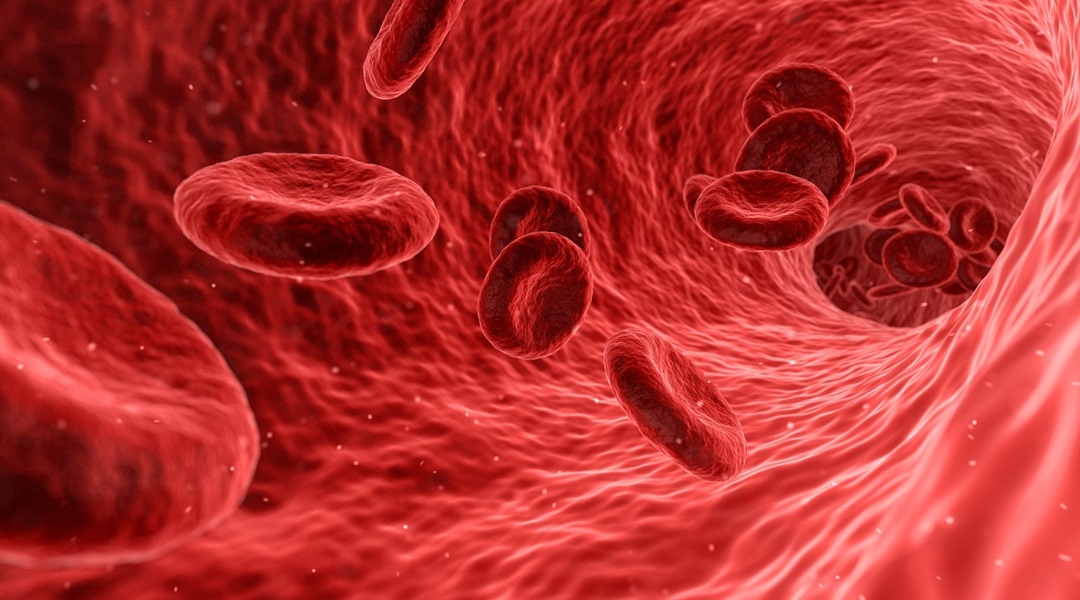
Wearable sensors help women analyse menstrual blood for affordable, non-invasive health monitoring.